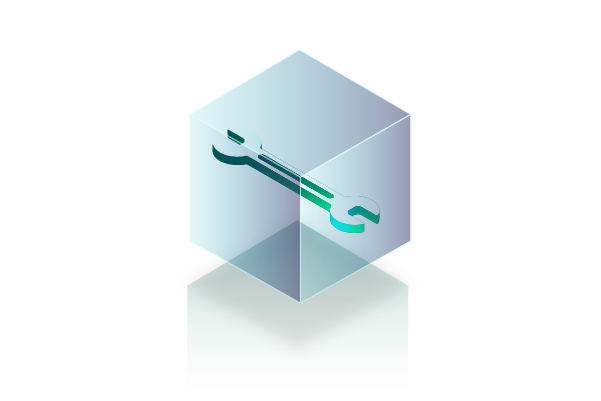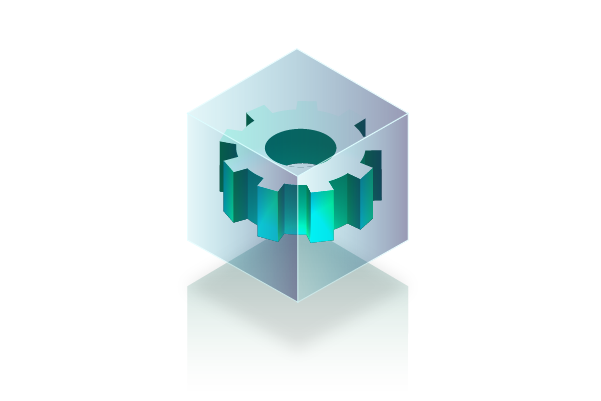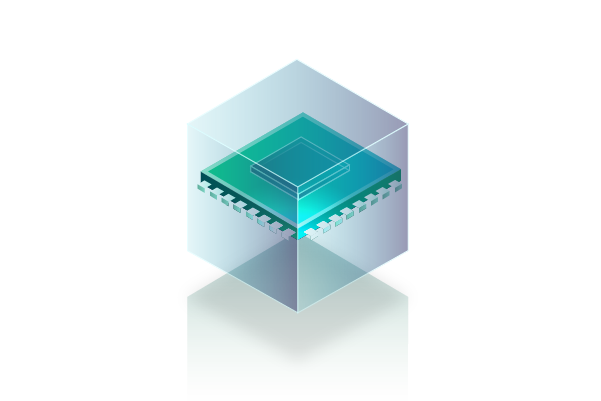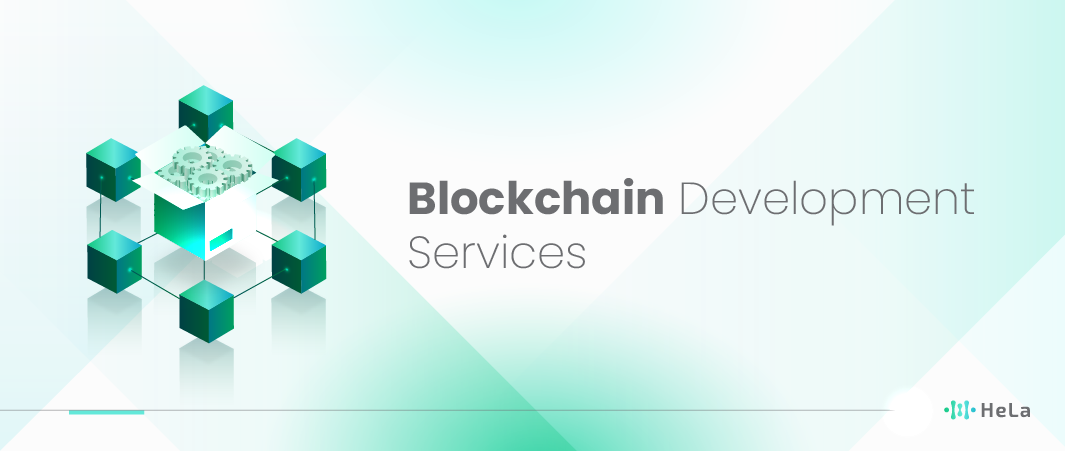Closely, blockchain development services draw on a complex constellation of activities that include, but are not limited to, the development of the idea, the construction, deployment and upkeep of blockchain-oriented solutions that precisely meet the client’s individual needs. From the preparatory consultation stage to smart contract development, platform pre-selection, thorough prototyping, and the release of minimum viable products, each phase of the blockchain development cycle is a cogwheel, providing an innovative driving force for the entire business process and ensuring chain of command.
This guidebook goes on to examine the major pillars, effects, and consequences of blockchain development services, thus unveiling how blockchain can be leveraged as a technology that is really revolutionary in all fields. Through taking the plunge into the undulation of blockchain development, organizations can learn firsthand how to use this disruptive technology to accomplish their strategies, increase the efficiency of their operations, and stay a step ahead in the increasingly competitive environment.
Understanding Blockchain Development Services

Blockchain development services are multifaceted and go beyond the scope of designing, creating, deploying and maintaining blockchain-based systems that are uniquely customized to suit different business objectives and industry needs. At the beginning, these services are the result of a series of very thorough meetings and conversations centered on blockchain technology, strategy and objectives, where blockchain experts and clients interact very closely to figure out the specific needs, problems and goals. It is pertinent to bring these opportunities to the table at this initial phase, establishing the potential of blockchain technology to achieve the client’s strategic goals and contributing to innovation, efficiency improvement, and the achievement of competitive advantage.
The organization of smart contract development by blockchain developers follows up on the design of the strategic plans for them. Automation of processes that have been done through smart contracts that self-execute the agreement, which involves predefined terms that are coded directly within blockchain, is a key role in building trust and enforcing agreements in a way that is transparent and immutable. Detailed programming and routing enable the developers to build smart contracts that meet the separate obligations of the parties correctly through absolute execution and full compliance with the regulatory rules.
Next to that, Blockchain improvement could be provided by a number of other services that are mostly oriented toward platform selection. Considering the various types of blockchain frameworks and platforms available, such as Ethereum, Hyperledger, Corda, and others, developers hold responsibility for comparing the unique features, scalability, security, and interoperability of each platform against the end-user’s needs, which ultimately can be handled with the right choice of DLT solution. During this process of selection, consideration is given to factors such as transaction throughput, consensus models, data privacy and ecosystem support, which is the key basis for choosing the right platform for implementing the desired decentralized solutions.
Also Read: Top 5 Layer 1 Crypto Projects Stand as Pillars of Innovation in 2023
Prototyping and Minimum Viable Product (MVP) development are valuable in the blockchain development lifecycle as they show the transition from the product’s concept to the actual testing of the product. Prototypes provide the users with a visual image of concepts and a biding ambiance, which is highly essential in verifying assumptions and requesting team refinements of the concepts in the early development process. While the roles of Beta versions and MVPs are quite alike, each of them serves a different purpose. While Beta versions focus on real-life testing, MVPs function as limited-use prototypes that provide controlled environments for the blockchain solution to be tested. The iterative development approach reduces risks and accelerates learning, which is then used to bring about meaningful development by making subsequent development cycles more impactful and increasing the likelihood of success in the project.
For situations that are quite unique and hence do not match the off-the-shelf solutions, custom blockchain development needs, to be developed. Such processes involve various stages, starting with building up, decentralizing, and launching highly-compatible blockchain networks, which include the choice of consensus mechanisms, data structures, cryptographic protocols, and network configurations. Custom development by turning existing business challenges into distinctive solutions with creative blockchain technology gives organizations the ability to overcome complex problems, launch new revenue streams, and breed the market with blockchain-based solutions.
The role of integration services in having SRTP solutions integrate with other systems and applications is paramount to making interoperability easy and smooth. Blockchain developers are successfully working with, ERP systems, CRM platforms, supply chain management software, and legacy databases by applying various application programming interfaces, middleware and interoperability protocols to make data sharing and process synchronization smooth across various systems.
Key Components of Blockchain Development Services

While development for blockchains might seem complicated, it is a process that revolves around key solitary elements, all of which are indispensable to building robust and useful blockchain solutions. Here’s an expanded view:
Consultation and Strategy Formulation
At this stage, chiefly developers of the blockchain communicate one to one with the client in order to learn and realize what the business of the client is, what obstacles it faces, and what opportunities come to light.
There are quote-unquote preliminaries such as analyzing the blockchain potential and the limits of technology for the client’s use case, choosing among the blockchain platforms available, and planning a strategy to accomplish the mission in question. The consultation process becomes the springboard or starting point for the developers, allowing them to realize what the requisites of a project are, what regulations need to be considered, and also the technicalities associated with it.
Smart Contract Development and Solidity Programming
The digital contracts, called smart contracts, are designed in such a way that they automatically execute themselves with the pre-set rules and conditions established within the blockchain network. Solidity has been the most prominent programming coding language that is used to create smart contracts, and on top of that, it has been used mainly on the Ethereum blockchain.
Here, mainly Solidity programming experts working as Solidity programmers will make designs, programming and deploy smart contracts that will independently manage business processes, secure transactions and enforce distribution agreements. They ensure that smart contracts are intact and reliable by testing and auditing them and using smart contract development practices as well as they can.
Selection and Customization of Blockchain Platforms
Deciding what blockchain platform to use as the foundation of an important blockchain project is very important because the success of a project strongly depends on it. Blockchain developers go to the clients, perform algorithm checks and also determine for them the most suitable platforms that can be extrapolated into use for a particular company based on factors such as scalability, security, consensus mechanisms, privacy and developer support.
The size of the project’s unique needs and the determination of whether to adopt a public, private, or consortium blockchain would be fitting. Concisely, developers will be able to tailor a blockchain platform selection to a particular client’s specific use case, building new functionalities, increasing speed, and making it interoperable with other systems.
Prototype Development and Minimum Viable Product (MVP) Creation
Modeling and the first version of software development are iterative processes for the verification of ideas, the receiving of feedback, and the identification and improvement of the initial requirements in the cycle. The blockchain developers follow agile approaches in order to boil down the main features and functions of the problem that is being solved into a prototype for demonstration purposes.
Also Read: Top 10 Fastest Blockchain Platforms in 2024
Prototypes enable the presentation of the idea to stakeholders in practice, validation of the assumptions made, and improvement of design concepts before the development of the MVP is started. MVPs contain minimum function sets of what the final product will have, specifically to assess key aspects of the final product’s core functionality, user experience, and market viability while keeping costs low, such as time and resources. Solutions builders dedicate time to determining a requirement’s criticality according to customer reviews and in the context of market demand. They achieve this by implementing an iterative process that involves quick cycles aimed at improving the final product.
Custom Blockchain Development and Consensus Mechanism Design
In scenarios where an out of the box blockchain solution is important, custom blockchain development may be involved. This is building and running custom-made blockchains that meet the individual client’s business functions and characteristics, which include the consensus mechanisms, the data structures, the governance model and the network architecture.
Consensus comes into play as an element of ensuring the network participants’ security, decentralization and a general agreement among the networked ones at the same time. Blockchain developers meticulously evaluate and implement a suitable type of consensus mechanism: e.g., Proof of Work (PoW), Proof of Stake (PoS), or Practical Byzantine Fault Tolerance (PBFT), conditioned by determinants such as network scalability, security, and energy efficiency.
5 Impacts of Blockchain Development Services in 2024

The development of blockchain is pervasive in the fields of life and society and creates a profound impact on diverse industries to be transformed. Here’s an in-depth exploration of five key impacts:
1. Enhanced Transparency and Accountability
The technology serves as the fundamental pillars of distributed ledger blockchain development services, which lie in transparency and immutability, hence providing a data preservation system capable of eliminating fakes and false information. All transactions that are made across the blockchain are consistently and transparently available to all network members; thus, no intermediary or trust factor among the stakeholders is necessary anymore.
It is in such transparency that higher accountability is encouraged because all parties involved can in real-time verify the integrity and genuineness of data and hence the carrying risk of fraud, corruption and disputes is reduced minimally. Blockchain has been applied in the supply chain, finance, health and government sectors, extending transparency in blockchain networks that reduces flaws, which in turn improves trust in the ecosystem.
2. Streamlined and Secure Transactions
Blockchains services development simplifies a transaction process by automating processes and eliminating costly intermediaries, which speed up the transactional process and make it efficient and cheap as well. Smart contracts, where agreements are self-executing on blockchain technology, automate contract enforcement, payment settlements and other predefined actions according to preplanned conditions.
This results in a reduction in manual input and throughput in terms of delays. On top of that, encrypted means of transactions that are supported by blockchain make them secure and fraud-proof, thus reducing the chance of data manipulation, unauthorized access, and counterfeiting. This standardization, efficiency, and security that are delivered by this system increase the speed of operation, reduce movability, and expand the capacity of digital markets.
3. Empowerment of Decentralized Applications (DApps)
By providing community development services focused on building DApps, which are applications operating on blockchain networks without requiring single central entity control, blockchain lets you create or deploy quite different applications compared to centralized ones. The very architectural premises of blockchain – its decentralized environment, smart contracts, and cryptographic security – turn DApps into platforms for providing groundbreaking solutions in the realms of finance, gaming, healthcare, and logistics.
This technology facilitates the development of applications based on a decentralized framework like peer-to-peer communication protocols, data ownership, and transparent governmental policies, thus providing users with greater control, security, and privacy. Firstly, DApps are fueling the development of a dynamic environment that encourages a fruitful ecosystem of cooperation, innovation, and community involvement, and for that reason, these initiatives are driving the adoption of decentralized technologies.
4. Disintermediation and Financial Inclusion
Digital currency development services build bridges, hence blocking the monopoly of intermediaries and gatekeepers from the protocol of processions, a move that then redistributing financial services among the community, which in turn is the cause of financial inclusion.
When economic agents, individuals or businesses, can exchange, lend, loan, and access new financial services through a blockchain platform directly and without reliance on intermediaries such as banks and payment processors. It also removes go-betweens, minimizes transaction costs, and widens inclusion, which mostly benefits the population living in areas with rudimentary banking infrastructure. Blockchain’s independence and cryptocurrency allow for transactions that don’t depend on physical borders, the transference of remittances, and micro-payments, all of which improve the financial situation for individuals and promote global inclusiveness.
5. Innovative Business Models and Ecosystems
If blockchain needs to become a service model for development, several new generation business models and systems will go hand in hand with this, creating new types of value distribution,collaboration and monetization.
The tokenization of real-world assets for the purpose of their representation as digital tokens on the blockchain. The tokenization of real-world assets opens up multiple opportunities, such as liquidity, ownership stake and new investment possibilities. The creation of token economies — these are the kinds of cutting-edge technology cryptocurrencies are based upon—helps increase community involvement, motivate and reward contributions, and align the interests of stakeholders within decentralized networks through token rewards.
Conclusion
Ranging from consultation as well as strategy formulation, smart contract development, platform selections, prototype creation and custom blockchain development, every step of the Blockchain development lifecycle is absolutely crucial for building robust, secure and inventive solutions. These services provide businesses with the tools to process and integrate information gained from IoT into their day-to-day activities, resulting in smarter, more transparent, and more efficient businesses across many industry sectors.
Besides, blockchain ecosystem development offers implications for the whole boundaries of organizations, promoting decentralization, financial inclusion, and the emergence of novel business models and systems. With the growing power of each individual and business on the platform, blockchain developers are able to build a world where people are empowered, access, connect, and show leadership together.
It can be anticipated that as blockchain technology goes through the developmental phase, the need for blockchain experts will increase and disrupt all industries, apart from stimulating innovation across different sectors The implementation of blockchain helps businesses stay competitive in the blockchain revolution, catch up with new opportunities emerging on the market, and produce new values in a digital and decentralized environment.
Disclaimer: The information provided by HeLa Labs in this article is intended for general informational purposes and does not reflect the company’s opinion. It is not intended as investment advice or a recommendation. Readers are strongly advised to conduct their own thorough research and consult with a qualified financial advisor before making any financial decisions.

In the role of a Hela writer, I weave stories that reveal the core of this revolutionary Layer-1 solution. Created in partnership with accomplished engineers, scientists, and A*STAR IHPC, Hela is tailored for real-world use
- Alifia Berizkyhttps://helalabs.com/blog/author/alifiabm/
- Alifia Berizkyhttps://helalabs.com/blog/author/alifiabm/
- Alifia Berizkyhttps://helalabs.com/blog/author/alifiabm/
- Alifia Berizkyhttps://helalabs.com/blog/author/alifiabm/

